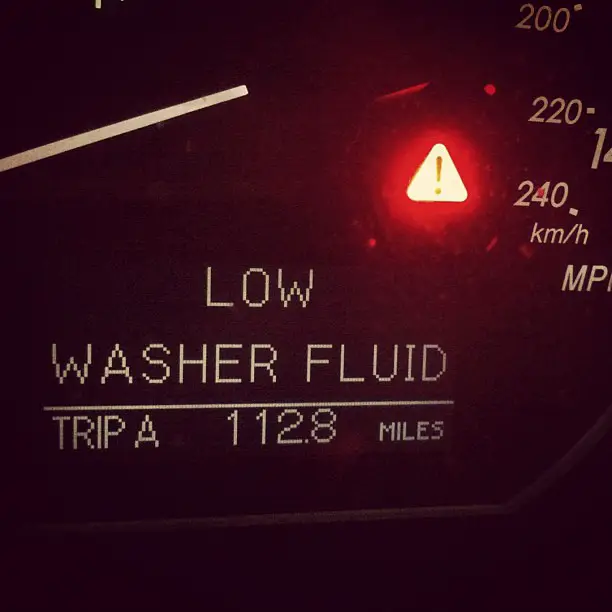
Quick Answer: The 2025 FRAM Ultra Synthetic filter for a 2022 Honda Civic 1.5 L is FRAM XG7317. Cross-reference: PH7317 (Extra Guard), TG7317 (Tough Guard). Get your exact number below →
Look-up FRAM Filter for My Car – Takes 15 s
Find My Filter NowFRAM Oil Filter Lookup 2025 – Find the Exact Part in Seconds
Updated 15 September 2025 by Che Clovis, auto electrician, 15+ years experience.
Why Use the Official FRAM Lookup?
- Covers 99 % of 2000-2025 cars, trucks & motorcycles
- Part numbers updated daily (no outdated cross-reference charts)
- Links directly to FRAM.com for latest price & local stock
Step-by-Step: 3-Click Process
- Click the blue button below
- Enter your license plate or VIN
- Copy the part number and come back for install tips
FRAM Filter Chart – Top 10 US Vehicles (2025)
| Vehicle | Engine | Ultra Synthetic | Tough Guard | Extra Guard |
|---|---|---|---|---|
| 2022 Honda Civic | 1.5 L Turbo | XG7317 | TG7317 | PH7317 |
| 2020 Ford F-150 | 5.0 L V8 | XG3600 | TG3600 | PH3600 |
| 2021 Toyota RAV4 | 2.5 L | XG10200 | TG10200 | PH10200 |
| 2023 Chevy Silverado | 5.3 L V8 | XG10575 | TG10575 | PH10575 |
| 2019 Nissan Rogue | 2.5 L | XG6607 | TG6607 | PH6607 |
How to Read a FRAM Part Number
Once you get your code you’ll see letters like XG, TG or PH. The prefix tells you the filter family:
- XG = Ultra Synthetic (20 k mi, silicone anti-drainback)
- TG = Tough Guard (15 k mi, high-dirt capacity)
- PH = Extra Guard (10 k mi, cellulose media)
The digits that follow are the canister size thread and gasket spec—never try to swap digits between families; the internal bypass valves are calibrated differently.
Check latest price on FRAM.com.
5-Minute Installation Tips
- Warm engine 2 min – oil drains faster
- Remove old filter with cap wrench
- Lubricate new O-ring with fresh oil
- Hand-tighten ¾ turn after gasket contact
- Reset oil-life monitor
September 2025 FRAM Coupons
We refresh promo codes every month. See today’s deals on FRAM.com
Frequently Asked Questions
What’s the difference between Ultra, Tough and Extra Guard?
Ultra Synthetic = 99 % efficiency @ 20 µm, 20k mile interval. Tough Guard = 99 % efficiency, 15k mile. Extra Guard = 95 % efficiency, 10k mile.
Can I use the same filter for synthetic and conventional oil?
Yes. All FRAM filters are compatible with both oil types; match the filter grade to your planned oil-change interval.




Leave a Reply